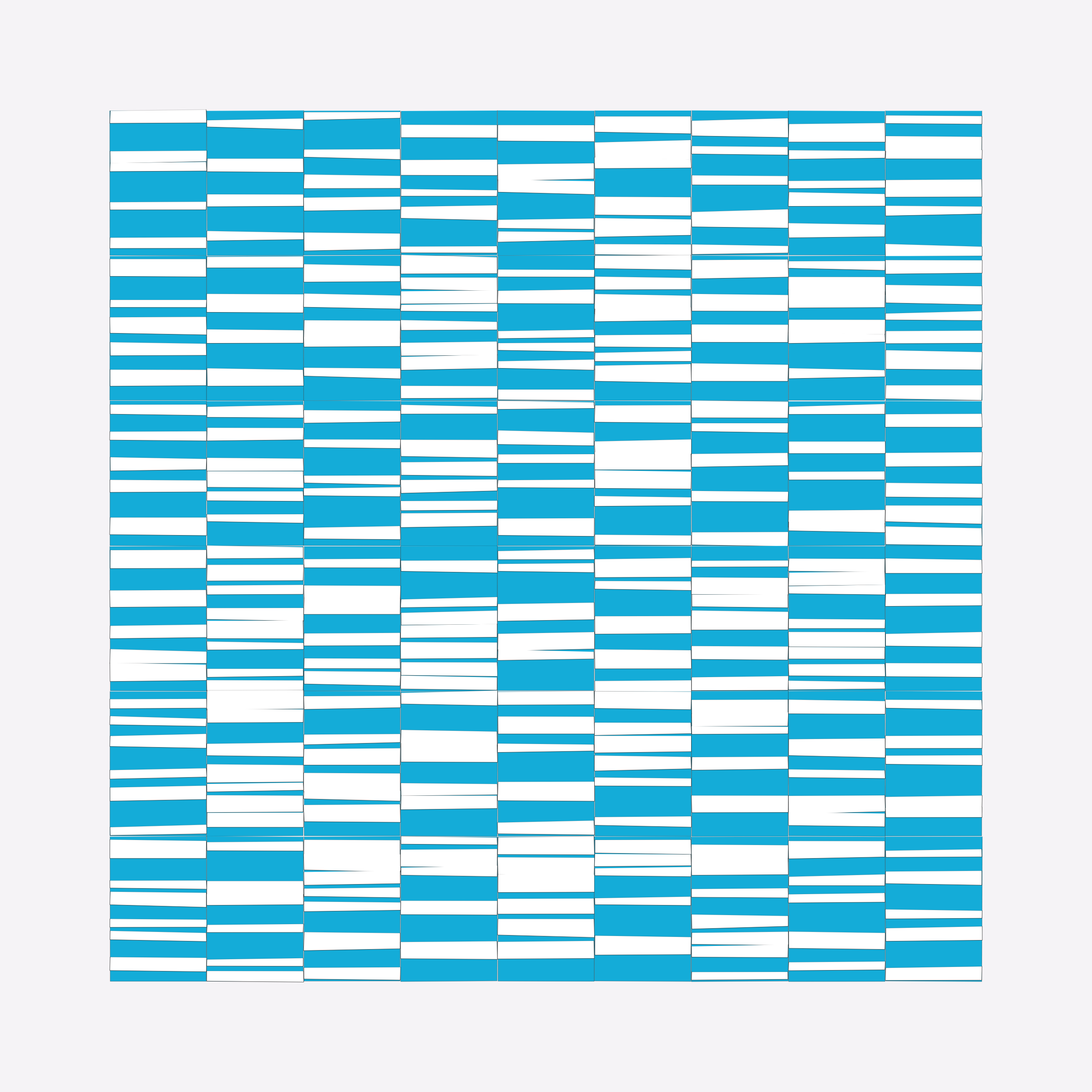Imperfections
Background
Attempts at perfection are destined to fail. This project embraces the impossibility of perfection in human execution and digitally simulates these imperfections.
In his abstract minimalist work, visual artist Wouter Kalis steers away from meaning. Horizontal black and white paper strips are placed on colored paper panels and one strip dictates the placing of the next. However, each attempt at perfection ends in failure. These mistakes have now become the signature of his work and contribute to the depth of content.
Digital representations of minimalist art can be executed to perfection but are less interesting to look at. In this project, artist Wouter Kalis and his son, software engineer Rosco Kalis, together attempt to recreate the human touch in digital art, the imperfection.

Physical + Digital Art
The algorithm that generates the digital artworks was inspired by the process that Wouter uses for his physical paper artwork. As such, every NFT can be reproduced as a paper version. Holding an Imperfections NFT makes you eligible to purchase a physical reproduction of that NFT. Due to the manual nature of the physical work, this will never be an exact replica of the digital work, and similarly no digital work will be an exact replica of the physical works.
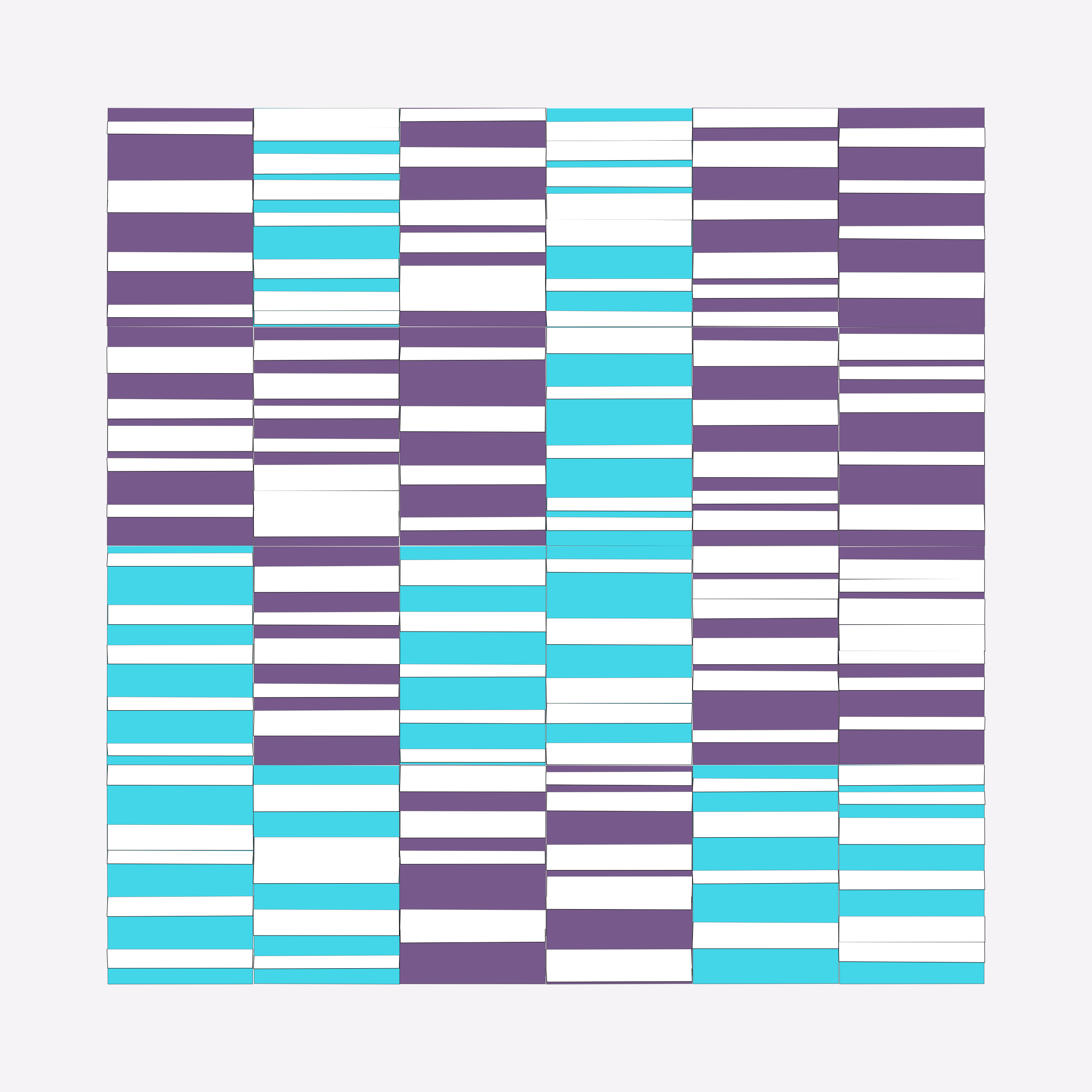

While the original physical works can be purchased separately from the NFTs as well, purchasing a replica of your NFT will include an additional certificate to indicate the authenticity and the link between the digital and the physical work. If you are interested in purchasing a handmade physical replica of your NFT, please reach out to work@wouterkalis.com.
Features
Palette
When deciding color palettes for Imperfections, we were restricted by the selection of colored paper that was available in paper stores around Amsterdam. This restriction challenged us to find beautiful color combination within a very limited set of colors.
The Rainbow palette is what started this project. For the initial prototype we used only the paper that we already had, and most of the Rainbow palette is still based on those initial colors. Rainbow Monochrome and Rainbow Duochrome use only one or two colors from the Rainbow palette, respectively. Most other palettes apply different shades of the same color family.
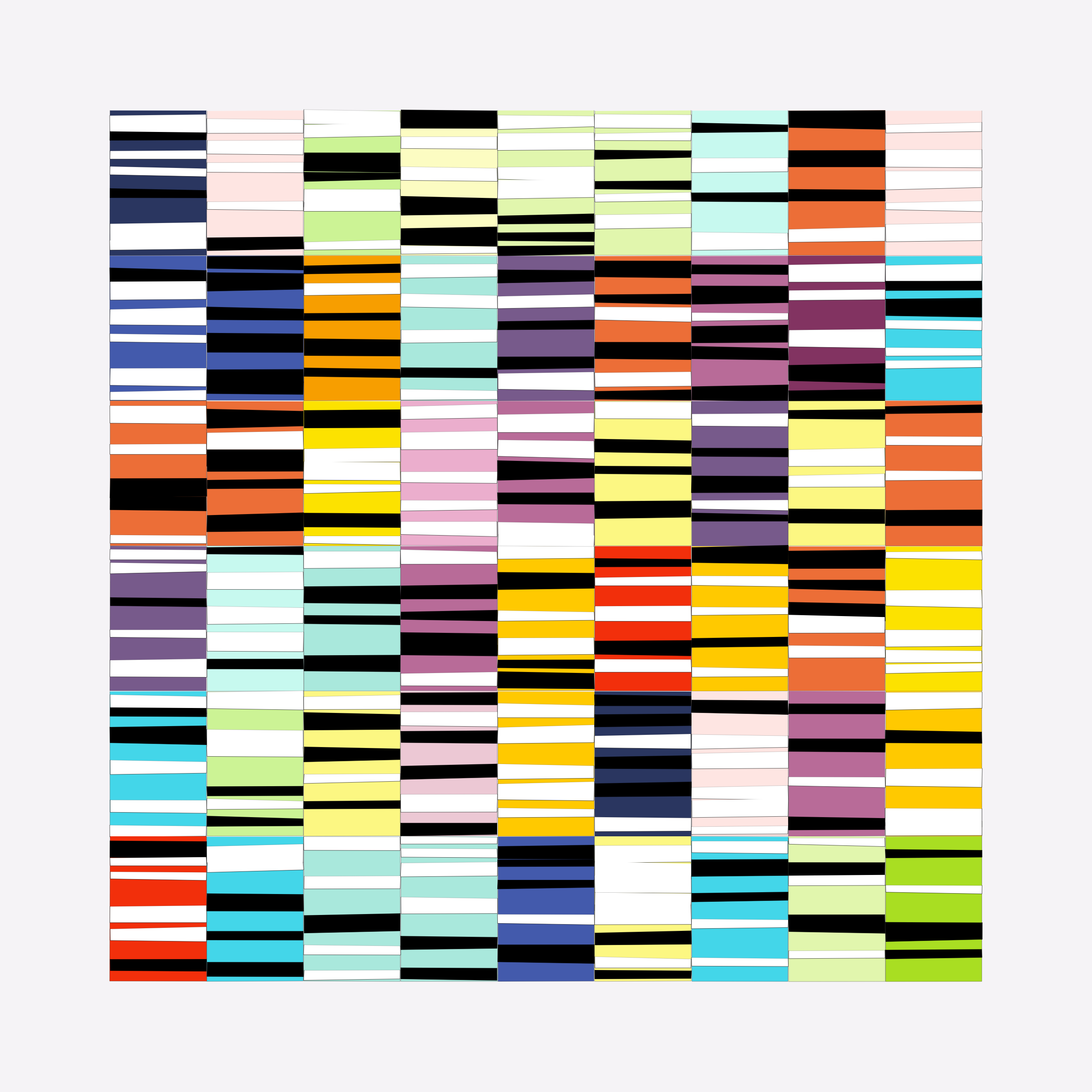
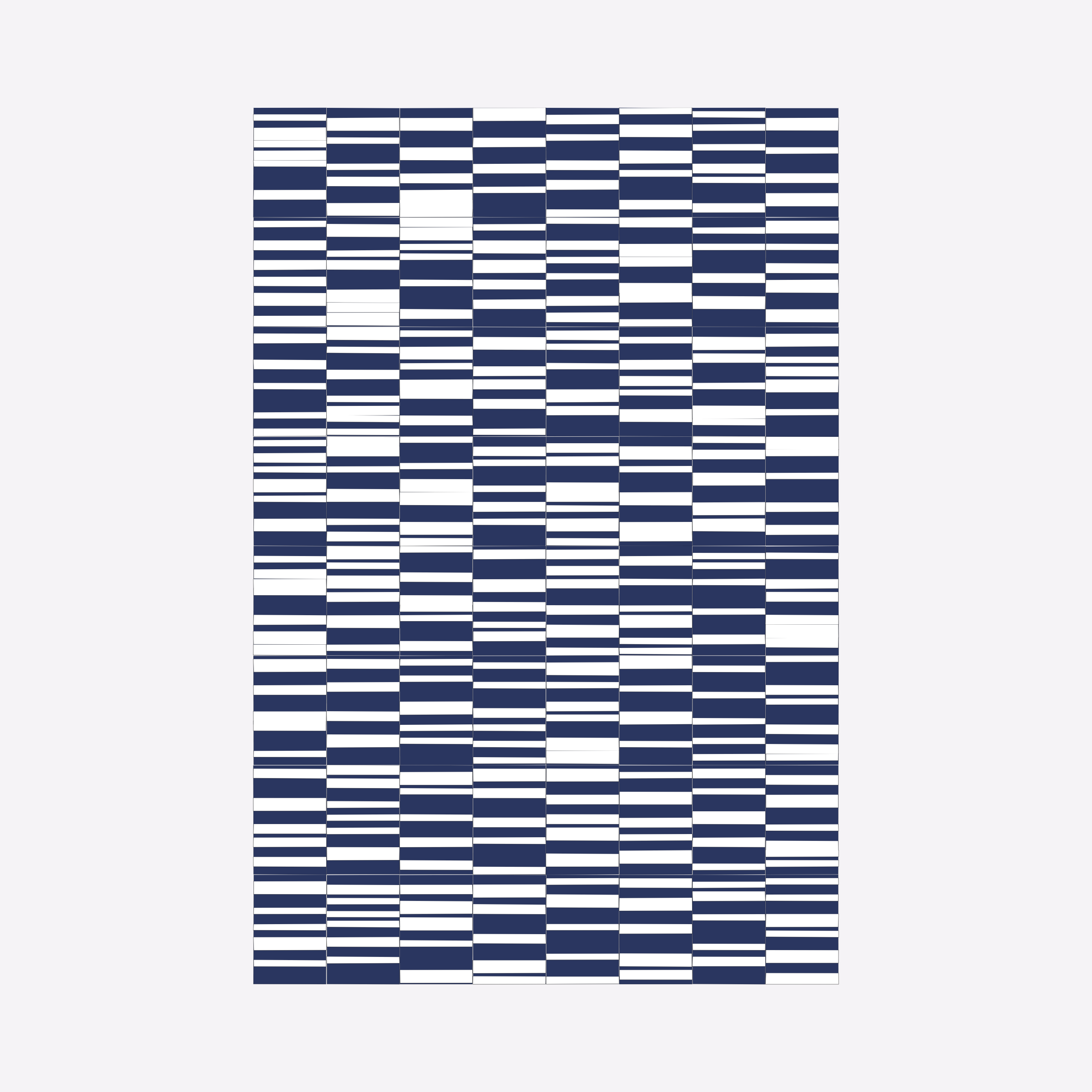





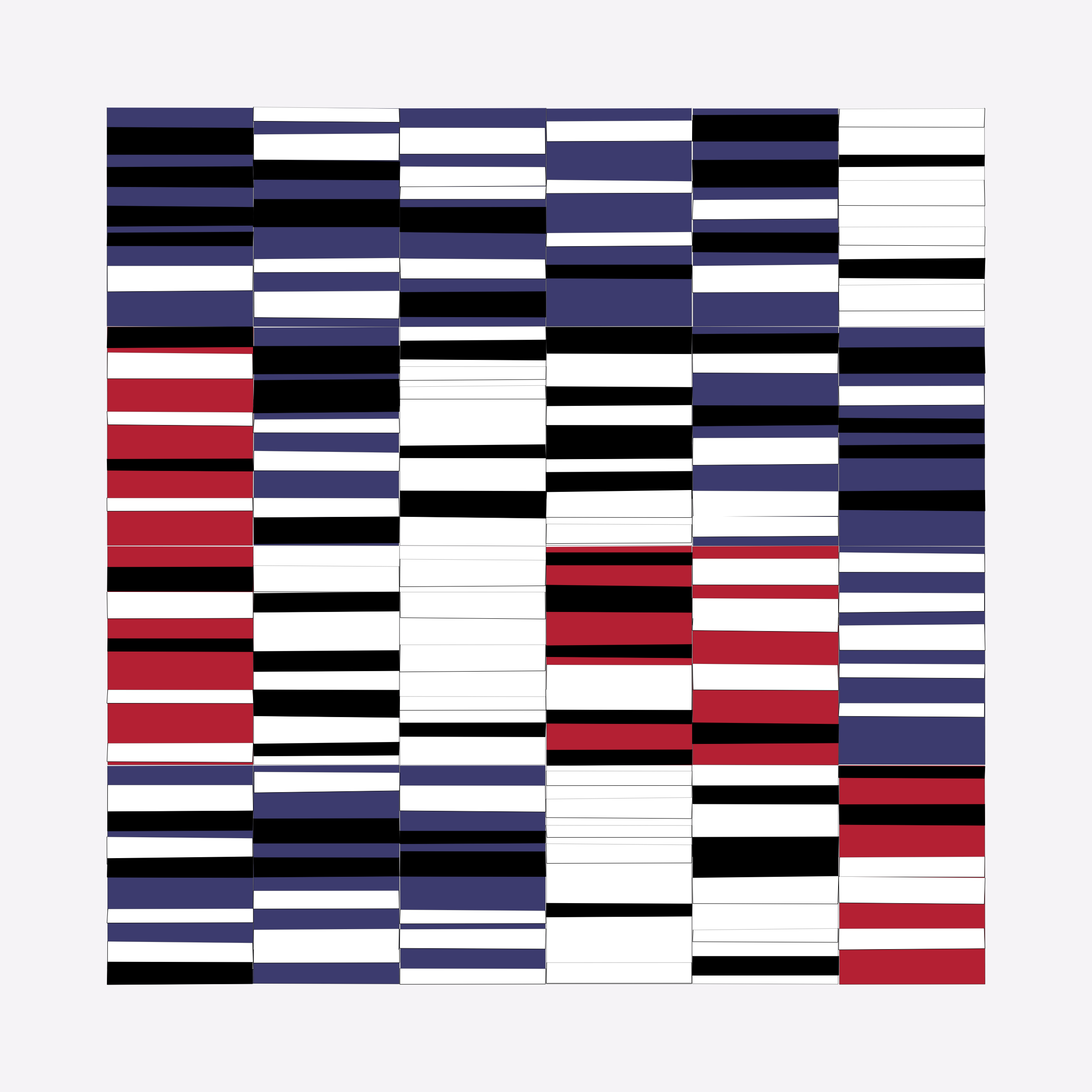

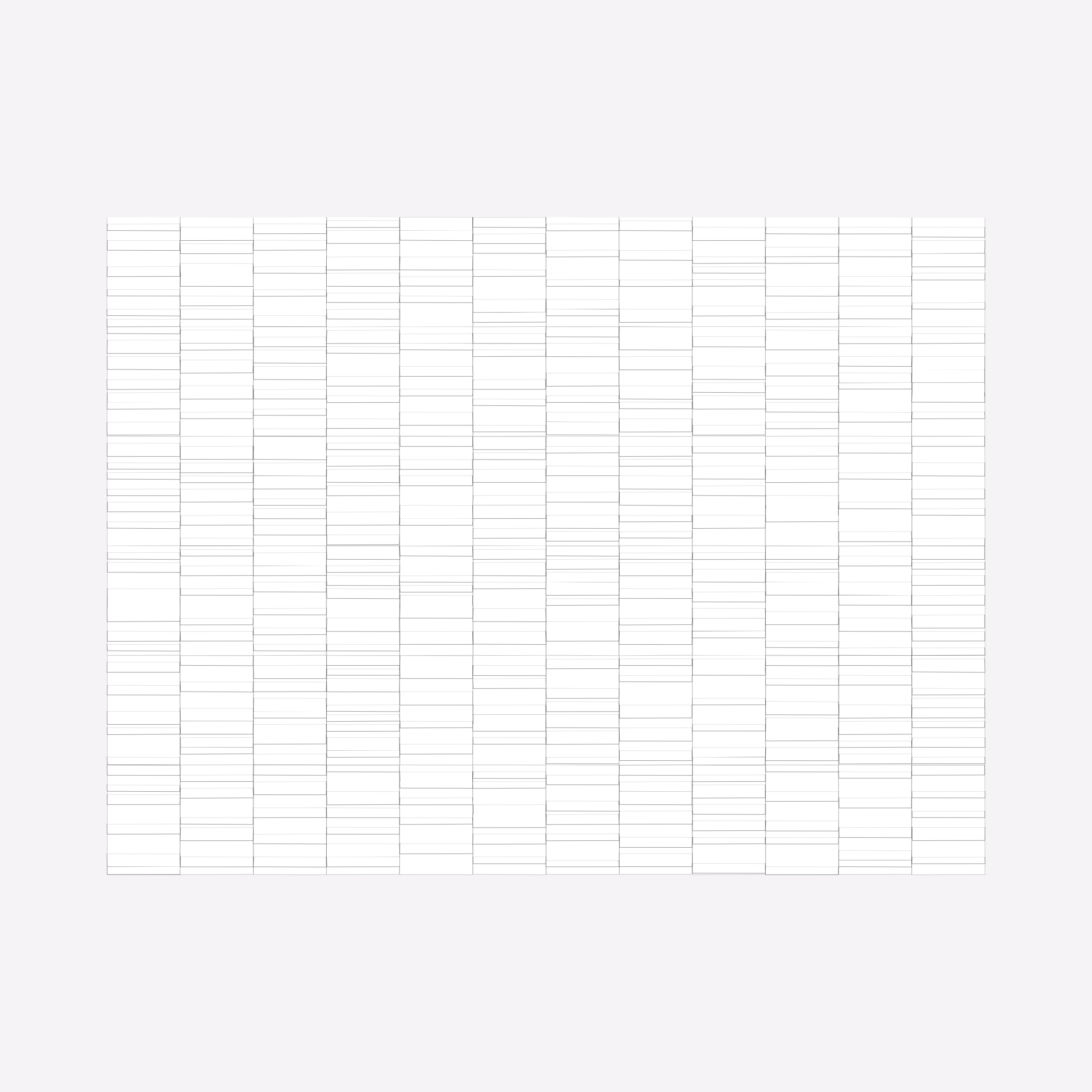
Stripe Palette
Black or white strips of paper are placed on top of the colored panels. The Stripe Palette feature determines the colors of these strips. Some color palettes only work with certain stripe palettes, others work with every stripe palette.


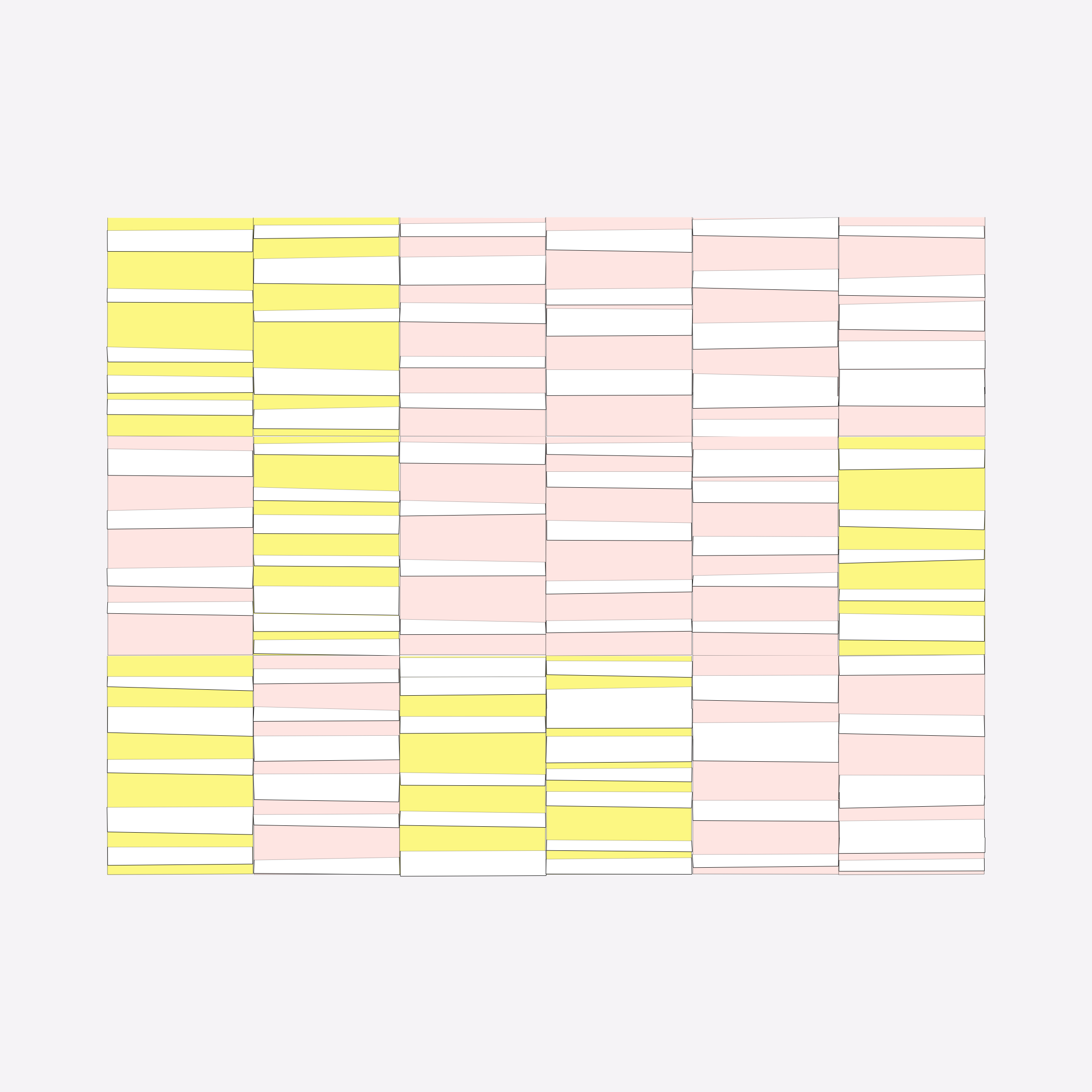
Imperfection Level
The Imperfections feature is what gives this collection its name. When manually cutting and placing paper strips on top of paper panels, mistakes are guaranteed to happen, even when using professional cutting equipment. These mistakes are approximated by the generative algorithm. This feature determines how noticeable the artwork's imperfections are.
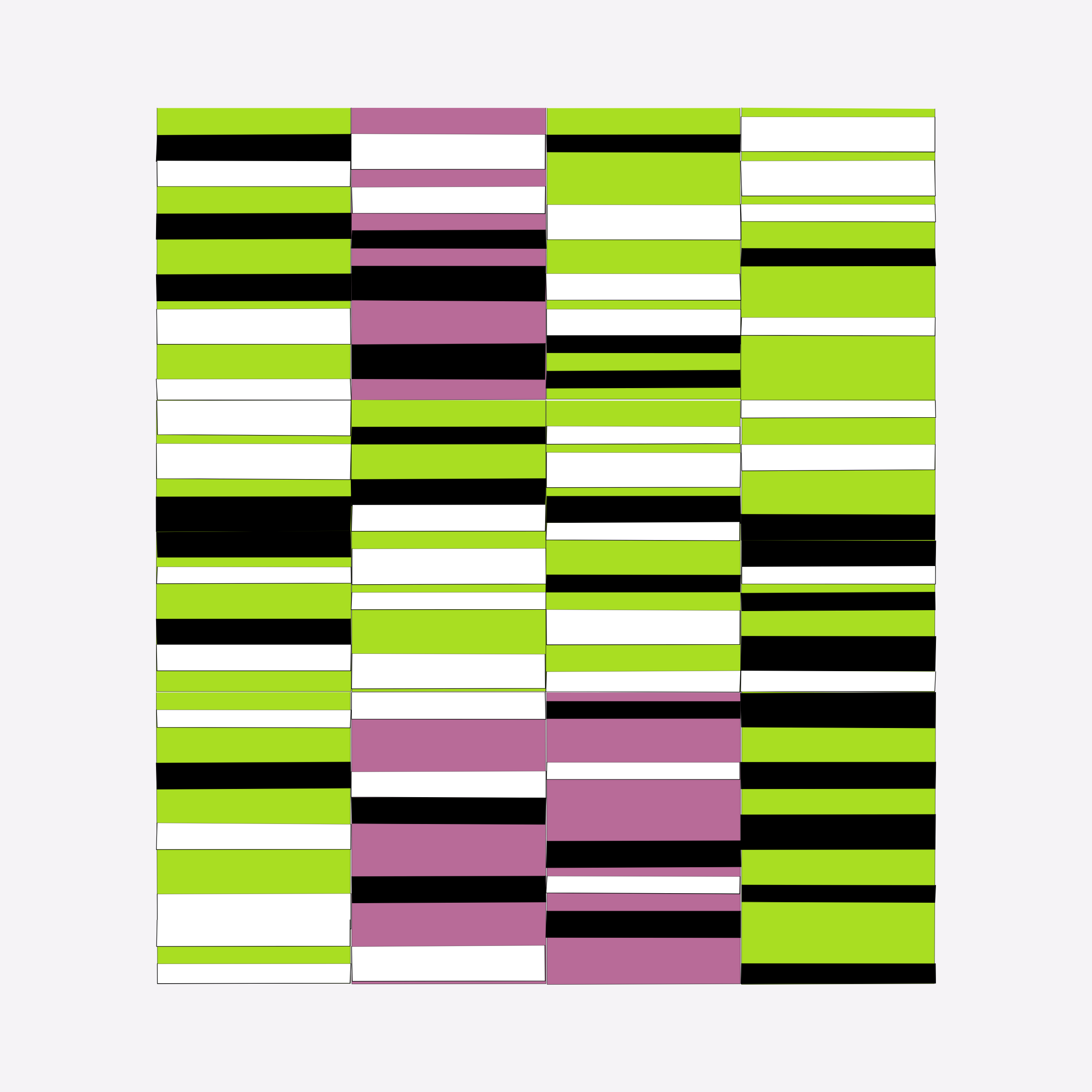
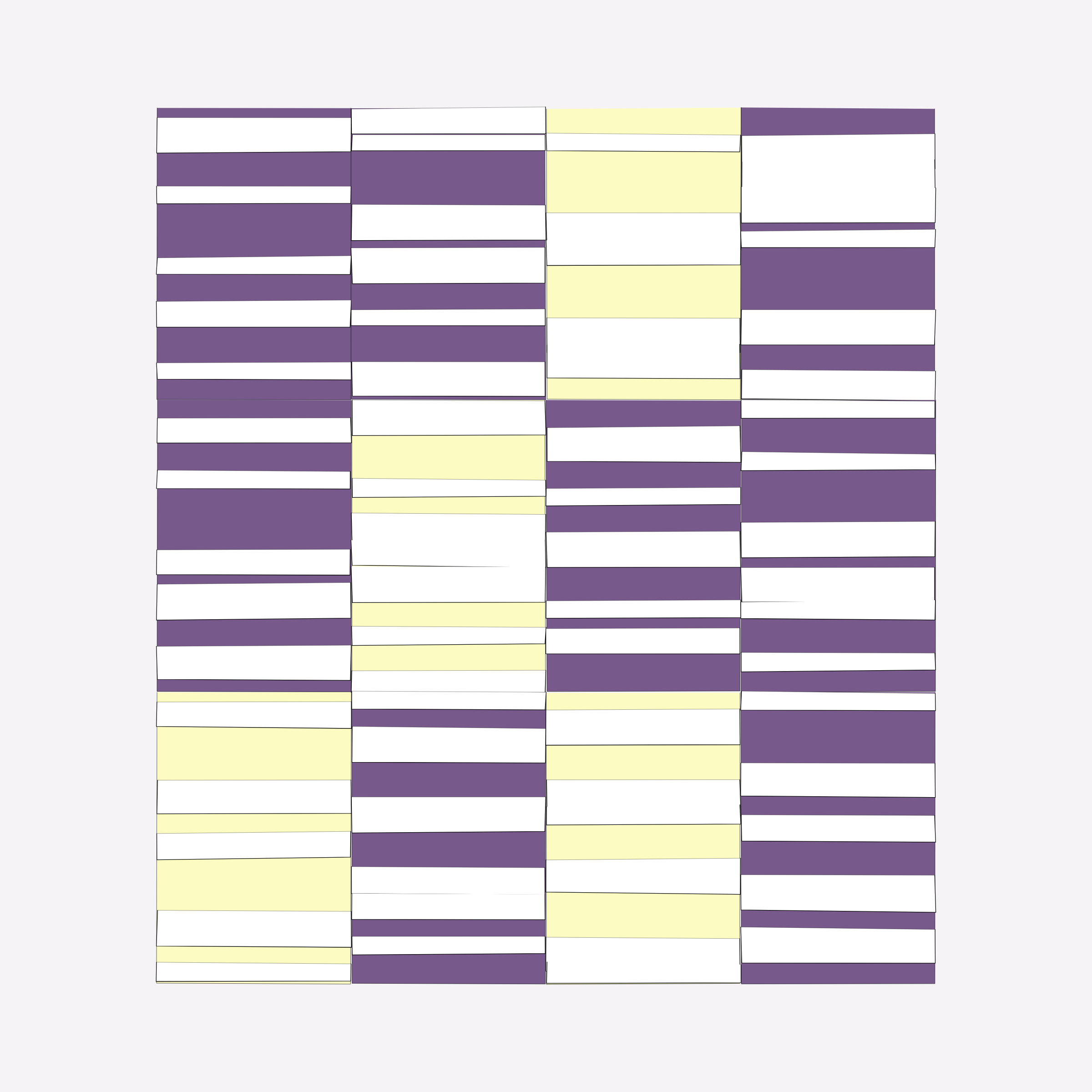

Panel Size
The Panel Size feature determines the size of the individual panels within the artwork. Because the total size of the artwork stays the same, smaller panel sizes automatically imply more panels.

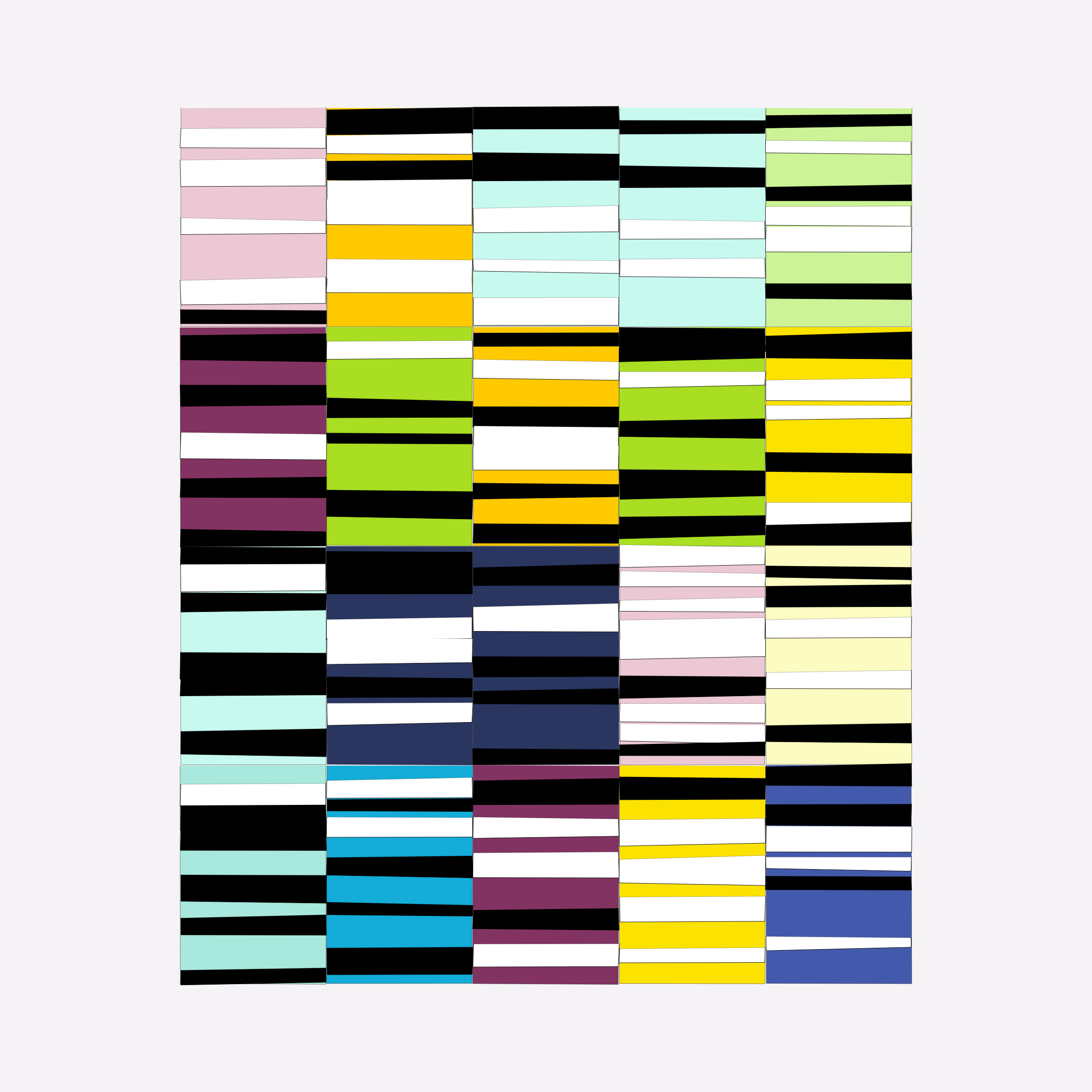


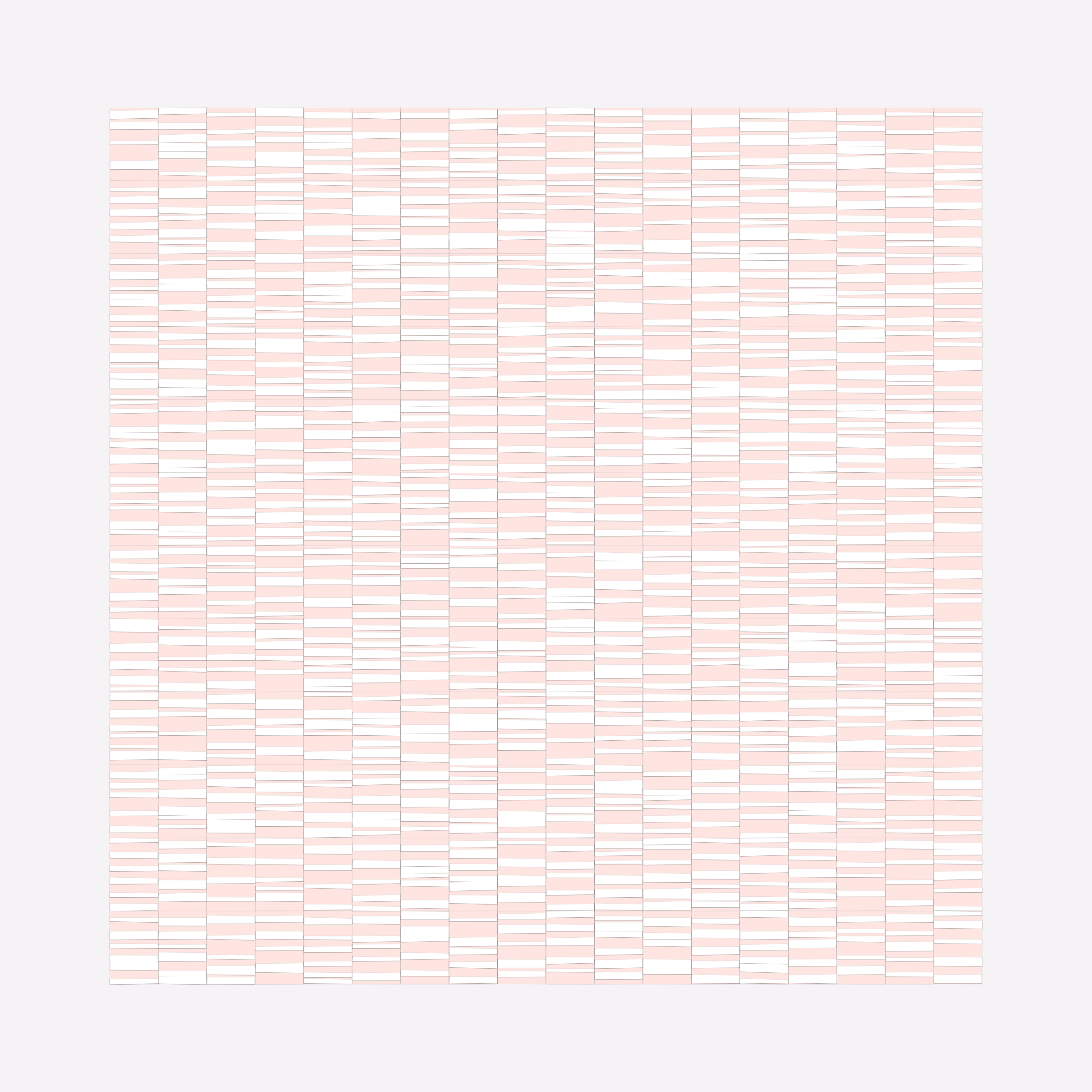

Orientation
The Orientation feature determines the orientation of the total composition of the artwork. Because panels have a 2:3 aspect ratio, the Square orientation implies a 3:2 aspect ratio for the number of panels. If the artwork has more columns than that it has a Landscape orientation. With fewer columns it has a Portrait orientation.
